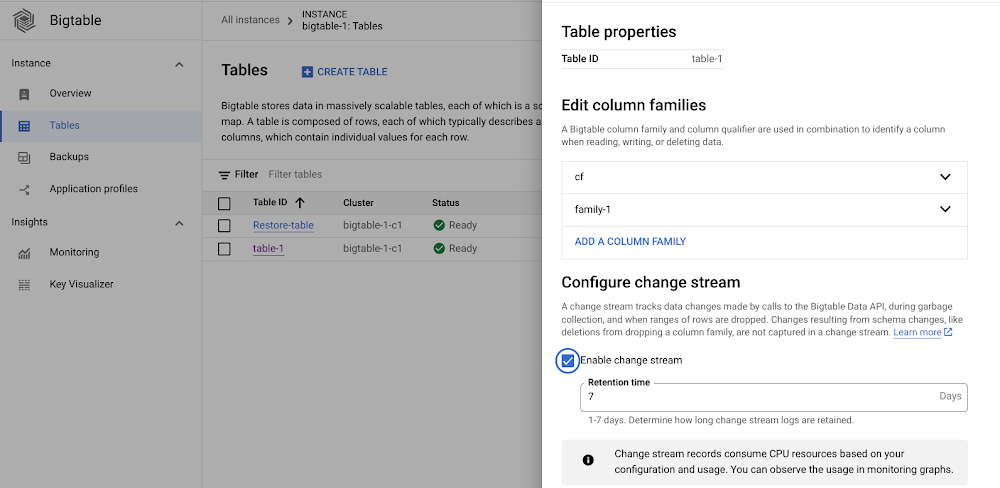Notwendige Cookies tragen dazu bei, eine Website nutzbar zu machen, indem sie grundlegende Funktionen wie Die Seitennavigation und den Zugriff auf sichere Bereiche der Website ermöglichen. Die Website funktioniert ohne diese Cookies nicht ordnungsgemäß.
Wir verwenden keine Cookies dieser Art.
Marketing-Cookies werden verwendet, um Besucher über Websites hinweg zu verfolgen. Ziel ist es, Anzeigen zu schalten, die für den einzelnen Nutzer relevant und ansprechend sind und damit für Publisher und Drittanbieter wertvoller sind.
Wir verwenden keine Cookies dieser Art.
Analytics-Cookies helfen Website-Besitzern, zu verstehen, wie Besucher mit Websites interagieren, indem sie Informationen anonym sammeln und melden.
Wir verwenden keine Cookies dieser Art.
Mit Präferenz-Cookies kann sich eine Website Informationen merken, die das Verhalten oder Aussehen der Website ändern, wie Ihre bevorzugte Sprache oder die Region, in der Sie sich befinden.
Wir verwenden keine Cookies dieser Art.
Nicht klassifizierte Cookies sind Cookies, die wir zusammen mit den Anbietern einzelner Cookies klassifizieren.
Wir verwenden keine Cookies dieser Art.




